It was important to make sure there was no debris or filings to short out the mobo, so I washed the parts and the inside of the can before assembly (I'm sure there was a minute amount of nasty compounds inside the can like mercury fulminate or lead azide).
The only problem I had with the modular power supply is they omitted the CPU power plug to save money, and instead use a PCI power plug for the CPU power and just swapped polarity on the plug going to the motherboard without saying so in the manual. I did this part at midnight, so I used a regular PCI power cord by mistake and wondered why it didn't power up.
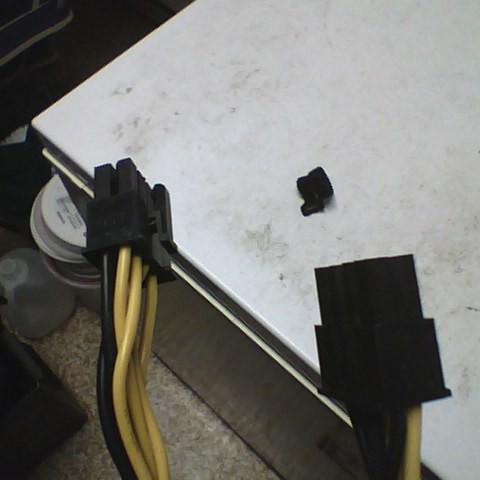 I consciously made this without using any plans or ATX specification papers to see if I could just go with measurements. I was able to, but it required occasional rework at times.
I consciously made this without using any plans or ATX specification papers to see if I could just go with measurements. I was able to, but it required occasional rework at times.
The next one I build, I will find ATX datasheets or something, and use CAD software instead of grid paper.
Also, I will have someone with a waterjet or CNC do a rough cut of the parts, or else have my own proper tools. It's good to learn alternative methods to do these things, but it takes longer (which is problem when you have limited free time) - this is also why the computer was already two years old before being powered on.
Still better than my previous daily driver (original parts manufactured in 2000).
This is my first build with new components, as my three previous computers were all used and modified with salvage parts.
I was worried about cooling, but with three fans above the PCI cards blowing in, one larger fan below the BD drive blowing out and the power supply blowing out, the processor rarely goes above 24 degrees C.
How it cools once I've installed dual graphics cards remains to be seen, but I have several plans for light metal ductwork to direct air.
Also, I read Neuromancer for the first time when planning the artwork, so I just had to make an Ono-Sendai logo for it. My katakana isn't great, but I think I got it right.
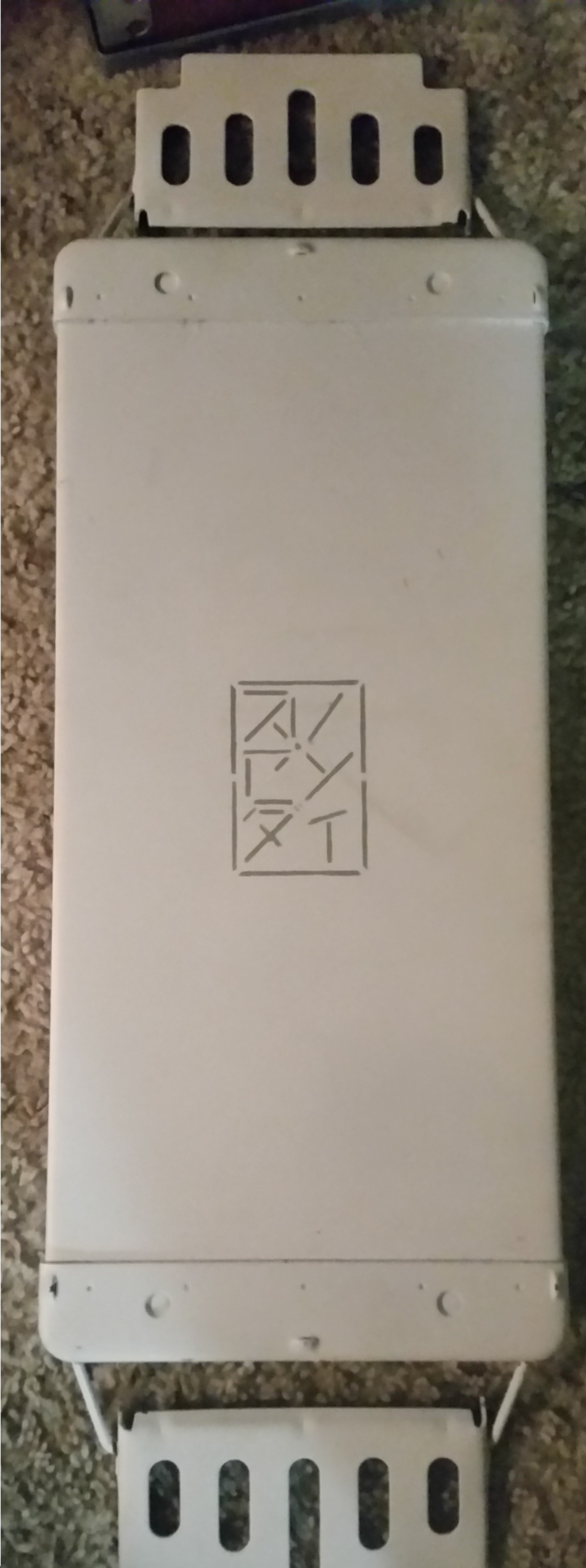
 Jake
Jake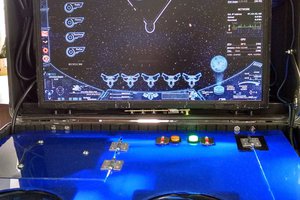
 Kayser-Sosa
Kayser-Sosa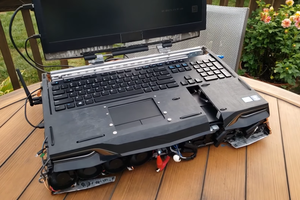
 TEC.IST
TEC.IST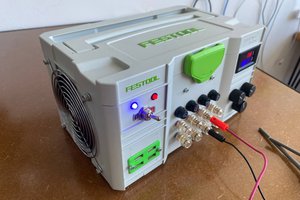
 ZenVega
ZenVega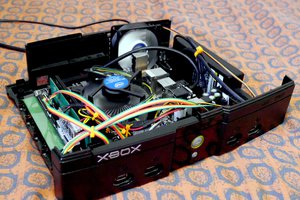
 Ryan Walmsley
Ryan Walmsley